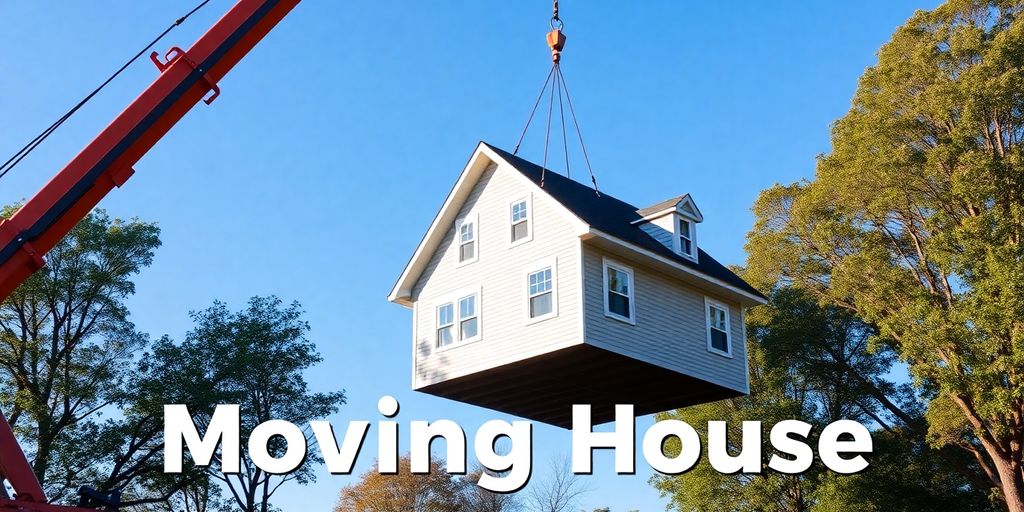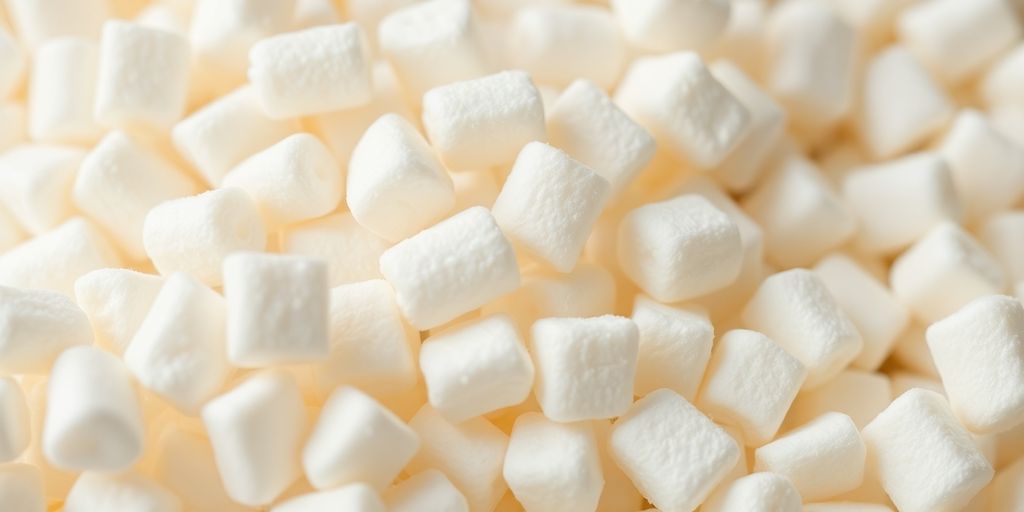Relocating is akin to juggling flaming torches while riding aicycle—stressful and potentially disastrous if is not adequately prepared. One of the biggest headaches? Packing. Is not just about chucking your stuff into boxes and hoping for the best.
Nope, it’s all about using the right packing material. Whether you’re:
- shifting down the street
- or across the country. understanding and choosing the right packing material can make the whole process a lot less painful. So, let’s dive into the world of boxes, bubble wrap, and packing peanuts to make your move as smooth as possible.
Understanding Different Types of Packing Material
Cardboard Boxes: The Staple of Packing
Cardboard boxes are the backbone of any move. They’re versatile, come in various sizes, and are relatively inexpensive. You can find boxes specifically designed for different purposes, like:
- wardrobe boxes for clothes
- or heavy-duty boxes for books.
Choosing the right size is crucial;
- Too large large packing boxes for move, and you risk items shifting around,
- Too small, and you might not fit everything you need. Remember to reinforce the bottom with packing tape for added security.
Bubble Wrap and Packing Paper: Protecting Fragile Items
When need to fragile items for moving boxes, nothing beats bubble wrap and packing paper. Bubble wrap is excellent for cushioning, while packing paper can fill in gaps and wrap delicate items. For dishes, wrap each piece individually and stack them vertically in a box. Glassware benefits from:
- being wrapped
- and placed in divided boxes to prevent clinking.
Packing Peanuts and Foam: Filling the Gaps
Packing peanuts and foam are perfect for filling voids in boxes, ensuring that items don’t shift during transit. They provide:
- an extra layer of protection,
- especially for oddly shaped items. Just pour them into the box around your items, and they’ll settle into the gaps.
Packing materials are more than just tools. they are your first line of defence against damage during a move. Choose wisely to ensure your belongings arrive safely.
Choosing the Right Packing Material for Your Move
Assessing Your Packing Needs
Before you dive into packing, it’s essential to assess what you actually need to order boxes. Start by taking a look around your home and figuring out what kind of items you’ll be packing. Are there lots of fragile items, like:
- glassware or electronics?
- or is it mostly clothes and books
Knowing what you have will help you choose the right materials. For fragile items, consider bubble wrap or packing paper. For heavier items, sturdy cardboard boxes are your best bet.
Cost-Effective Packing Solutions
Moving can be expensive, but your packing materials don’t must be. Look for cost-effective solutions like buying boxes in bulk or using second-hand boxes from local shops. You can also save by using blankets or linens you already own instead of buying new packing materials. Here’s a quick list of budget-friendly tips:
- Ask local stores for spare boxes
- Use old newspapers and magazines for wrapping
- Buy packing supplies in bulk
Packing packing doesn’t have to break the bank. With a bit of creativity, you can find ways to pack efficiently without spending a fortune.
How to Pack Efficiently with the Right Materials
Maximising Space with Packing Material
Efficient packing is more than just filling boxes. Is about using space wisely. Wrap fragile items in clothes or towels to save on bubble wrap and make use of every inch.
Use suitcases for heavy items like books, and fill gaps in boxes with soft items to prevent shifting. Avoid overpacking to keep boxes manageable and prevent breakage.
“Good packing is like a game of Tetris—everything should fit snugly, leaving no empty spaces.”
Ensuring Safety with Proper Packing Material
Protecting Valuables and Fragile Items
When you’re packing up your home, keeping your valuables and fragile items safe is a top priority. Using the right materials can make all the difference. Start with sturdy boxes—flimsy ones just won’t cut it.
Wrap each item individually with bubble wrap or packing paper, making sure to cover all sides. For extra protection, use dividers for glassware and dishes. Remember, the aim is to prevent movement inside the box.
- Bubble Wrap: Ideal for cushioning delicate items.
- Packing Paper: Great for wrapping and filling gaps.
- Dividers: Perfect for organising and protecting glassware.
Securing Heavy Items Safely
Is not just the fragile items that need attention. Heavy items can cause damage if they’re not packed right. Use smaller boxes for heavy things like books or tools.
This way, the box won’t be too heavy to lift and is less likely to break. Reinforce the bottom of the box with extra tape. Place the heaviest items at the bottom and lighter ones on top to keep the centre of gravity low.
- Small Boxes: Prevent overloading and ease lifting.
- Reinforced Tape: Strengthens the box and prevents breakage.
- Strategic Placement: Keeps the load stable and balanced.
Sourcing Quality Packing Material
When need to buying packing supplies, the options are vast. You can find everything from boxes to bubble wrap at local hardware stores, but don’t overlook online retailers. They often offer a broader selection and competitive prices.
Large-box retailers like Amazon or eBay can be convenient. but sometimes it’s worth checking out specialised packing supply companies. These niche suppliers often have better quality products tailored to specific needs.
Tips for Budget-Friendly Packing
- Plan Ahead: Start collecting packing materials well before your move. This will give you time to gather supplies without rushing.
- Buy in Bulk: Purchasing materials in larger quantities can often lead to discounts.
- DIY Alternatives: Use towels, linens, and clothing to wrap fragile items instead of buying bubble wrap.
Being resourceful with your packing materials not only saves money but also contributes to a more sustainable move. By planning ahead and considering eco-friendly options, you can make your move more cost-effective and environmentally conscious.
Packing Material for Special Items
The Role of Packing Material in Stress-Free Moves
Reducing Stress with Organised Packing
Moving can be overwhelming, but organised packing can significantly cut down the chaos.
- By sorting your items
- and using the right packing materials, you can streamline the process. Start by split your belongings, perhaps by room or type, and pack them accordingly. This not only makes it easier to find things when you unpack but also helps in loading the moving truck efficiently.
Professional Packing Services
If you’re feeling overwhelmed, hiring professional packing services might be a good option for delivery packaging near me solution.
- They bring expertise
- and efficiency to the table, ensuring your items are packed safely and securely. This service can be especially advantageous for:
- with demanding schedules
- or large households. Plus, packers and packers often have access to:
- high-quality packing materials that might not be readily available to you.
Wrapping It Up: Your Moving Journey
With a bit of planning and the right packing materials, you can make the process a whole lot smoother. Remember, it’s all about starting early, staying organised, and keeping calm.
Whether you’re moving across town or to a new country, these tips should help ease the stress. At the end of the day, the goal is to get you and your stuff safely to your new home.
FAQ(Frequently Asked Questions)
What types of packing materials are best for fragile items?
For fragile items, bubble wrap and packing paper are ideal as they provide cushioning and protection from breakage.
How can I make my move more eco-friendly?
Opt for reusable packing materials like:
- fabric
- wraps
- or rent plastic moving boxes instead of using single-use cardboard boxes.
What should I do if I run out of boxes while packing?
If you run out of boxes, check local stores for:
- any spare boxes they might give away
- or consider using bags, suitcases, and laundry baskets temporarily.
How can I ensure my valuables are safe during the move?
Keep valuables like:
- jewellery
- and important documents in a separate, clearly labelled box and consider transporting them personally to ensure their safety.
What’s the best way to pack heavy items?
Place heavy items in smaller boxes to make them easier to carry and reduce the risk of the boxes breaking under the weight.
Is it necessary to label all my boxes?
Yes:
- labelling boxes with their contents
- and the room they belong to makes unpacking much easier and ensures boxes are placed in the correct rooms.






